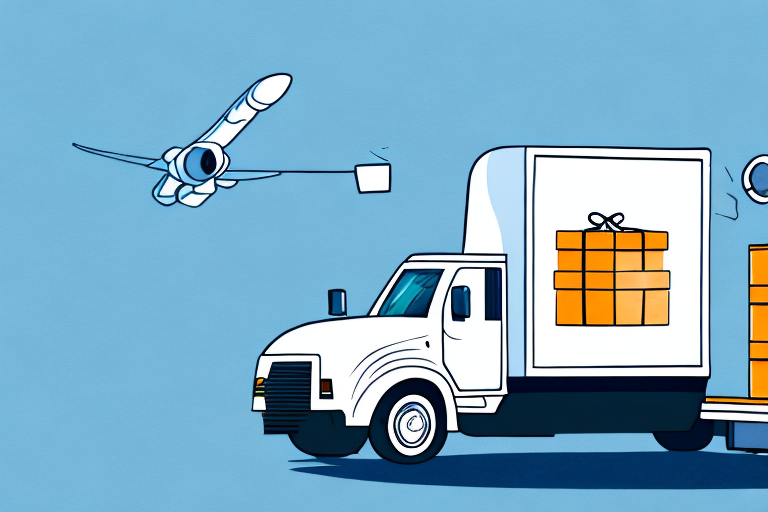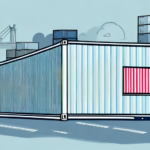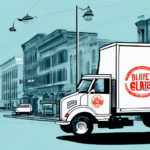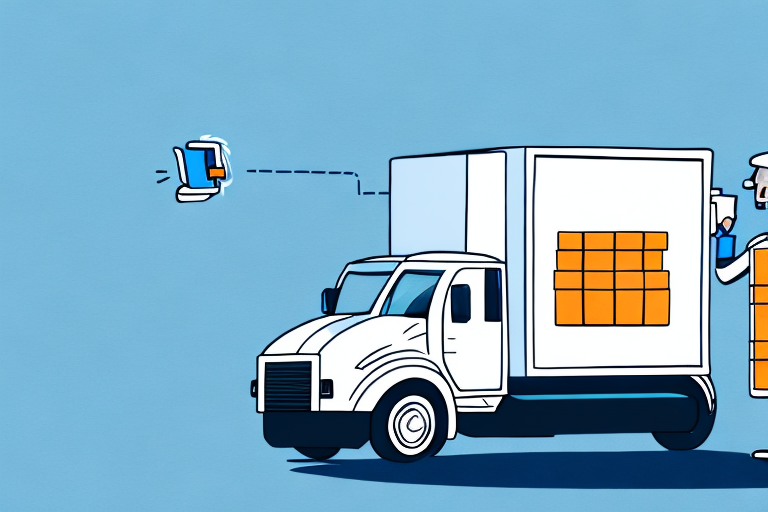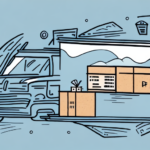Understanding the Benefits of Proof of Delivery in Logistics
Logistics is a multifaceted industry encompassing transportation, warehousing, and distribution. A critical component of successful logistics operations is having a reliable and secure proof of delivery (POD) system. This ensures that all activities are executed efficiently, minimizing errors and enhancing overall performance.
The Role of Proof of Delivery in Enhancing Customer Satisfaction
POD serves as documentation confirming that goods have been delivered to the correct location and recipient. This verification is not only a legal requirement but also a cornerstone in building customer trust and loyalty.
Building Trust and Loyalty
With accurate and timely POD, customers gain peace of mind knowing their orders have been fulfilled as expected. This reliability fosters trust, leading to repeat business and positive reviews, which are essential for business growth.
Resolving Disputes Efficiently
In instances where delivery issues arise, POD provides clear evidence to swiftly address and resolve disputes. This proactive approach helps maintain positive customer relationships and prevents negative impacts on the customer experience.
Digital Transformation of Proof of Delivery Systems
Digitalization has significantly transformed POD processes within the logistics sector. Advanced technologies such as Electronic Proof of Delivery (EPOD) systems, mobile devices, and the Internet of Things (IoT) have streamlined operations, reducing manual errors and enhancing efficiency.
Real-Time Tracking and Visibility
EPOD systems offer real-time tracking of shipments, allowing logistics companies to monitor delivery progress and make necessary adjustments to ensure timely arrivals. According to a Forbes report, real-time visibility can improve delivery times by up to 20%.
Reduction of Paper-Based Documentation
Digital POD systems eliminate the need for cumbersome paper records by capturing electronic signatures and photos as proof of delivery. This not only saves time but also enhances the security and reliability of delivery records.
Impact of Proof of Delivery on Business Performance
An effective POD system has a profound impact on the overall performance of logistics businesses. It helps in reducing operational costs, minimizing disputes, and enhancing customer satisfaction.
Cost Reduction and Efficiency
By minimizing errors and streamlining delivery processes, POD systems help logistics companies save on costs associated with disputes and claims. Additionally, optimizing delivery routes based on POD data can lead to significant transportation savings.
Compliance and Legal Protection
Accurate POD documentation ensures compliance with industry regulations and legal standards. It protects businesses in case of disputes and helps demonstrate adherence to safety and environmental regulations. According to the U.S. Department of Transportation, proper documentation is essential for regulatory compliance.
Implementing Effective Proof of Delivery Solutions
Adopting a robust POD system requires careful planning and consideration of various factors, including technology, processes, and employee training.
Investing in Advanced Technologies
Implementing EPOD systems equipped with features like barcode scanning, GPS tracking, and digital signatures can automate and enhance the POD process. These technologies not only improve accuracy but also provide valuable data insights.
Overcoming Implementation Challenges
Challenges such as resistance to change, technological infrastructure, and data security must be addressed. Investing in comprehensive employee training and ensuring compliance with data privacy regulations are crucial steps towards successful implementation.
Future Trends in Proof of Delivery
The future of POD in logistics is poised for further innovation with emerging technologies and evolving industry standards.
Integration of Artificial Intelligence and Blockchain
Artificial Intelligence (AI) can automate data processing and enhance predictive analytics, while blockchain technology offers secure and transparent documentation of delivery records. These advancements are expected to further increase the efficiency and reliability of POD systems.
Adoption of IoT and Smart Devices
IoT devices, such as smart sensors and advanced GPS trackers, will continue to play a significant role in providing real-time data on shipment status and conditions. This integration will lead to more proactive and data-driven logistics management.
Evaluating the ROI of Reliable Proof of Delivery Systems
Investing in a reliable POD system offers substantial returns by enhancing operational efficiency, reducing costs, and improving customer satisfaction.
Financial Benefits
Reduced operational errors and optimized delivery routes translate to significant cost savings. Additionally, improved customer satisfaction can drive repeat business and positive referrals, contributing to increased revenue.
Competitive Advantage
A robust POD system differentiates logistics companies by offering faster, more reliable delivery services. This competitive edge is crucial in a market where customer expectations are continually rising.
Best Practices for Optimizing Proof of Delivery Strategies
To maximize the benefits of POD systems, logistics companies should adopt best practices that encompass technology, procedures, and continuous improvement.
Standardizing Operating Procedures
Implementing standardized procedures ensures consistency and reliability in the POD process. Clear guidelines and protocols help in maintaining high-quality service across all operations.
Continuous Monitoring and Improvement
Regularly evaluating the effectiveness of POD processes and leveraging data analytics can identify areas for improvement. This ongoing optimization ensures that the POD system remains efficient and aligned with business goals.
Ensuring Compliance and Legal Protection
Accurate and comprehensive POD documentation is essential for meeting legal and regulatory requirements. It provides necessary protection in the event of disputes and ensures that logistics companies adhere to industry standards.
Utilizing Secure Documentation Technologies
Technologies like blockchain can enhance the security and transparency of POD records, ensuring that documentation is tamper-proof and easily auditable.
Maintaining Data Privacy and Security
Implementing robust data security measures is critical to protect sensitive delivery information. Compliance with data privacy laws, such as the General Data Protection Regulation (GDPR), is mandatory for maintaining customer trust and avoiding legal penalties.
Conclusion
Proof of delivery is indispensable in the logistics industry, serving as crucial evidence that goods have been delivered accurately and timely. By leveraging advanced technologies and adhering to best practices, logistics companies can optimize their POD processes, enhance customer satisfaction, and achieve a competitive advantage in the market.













